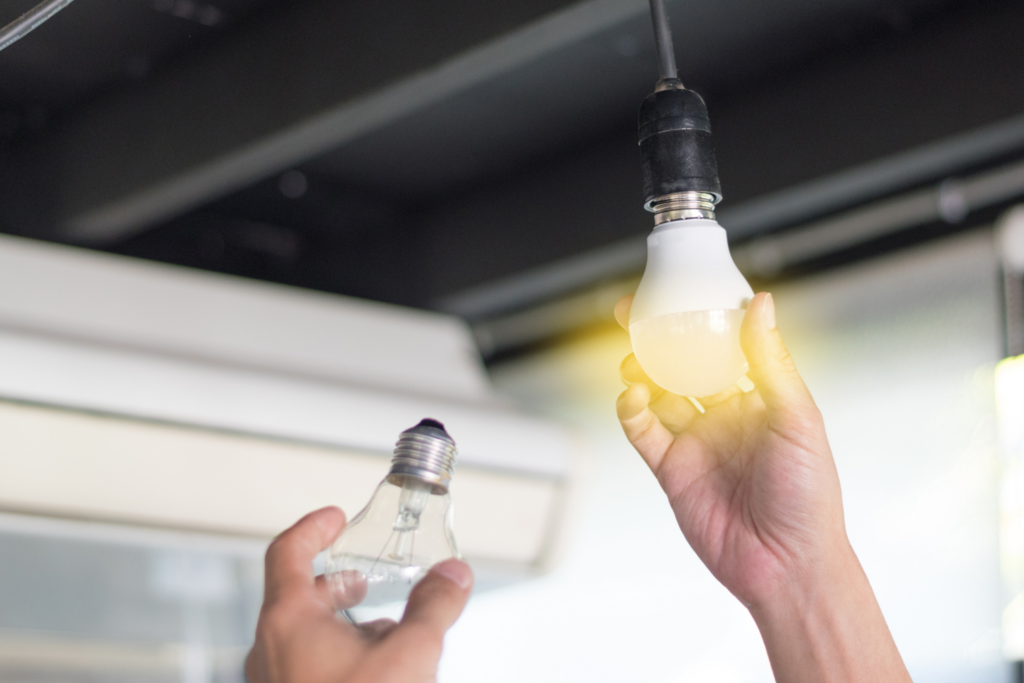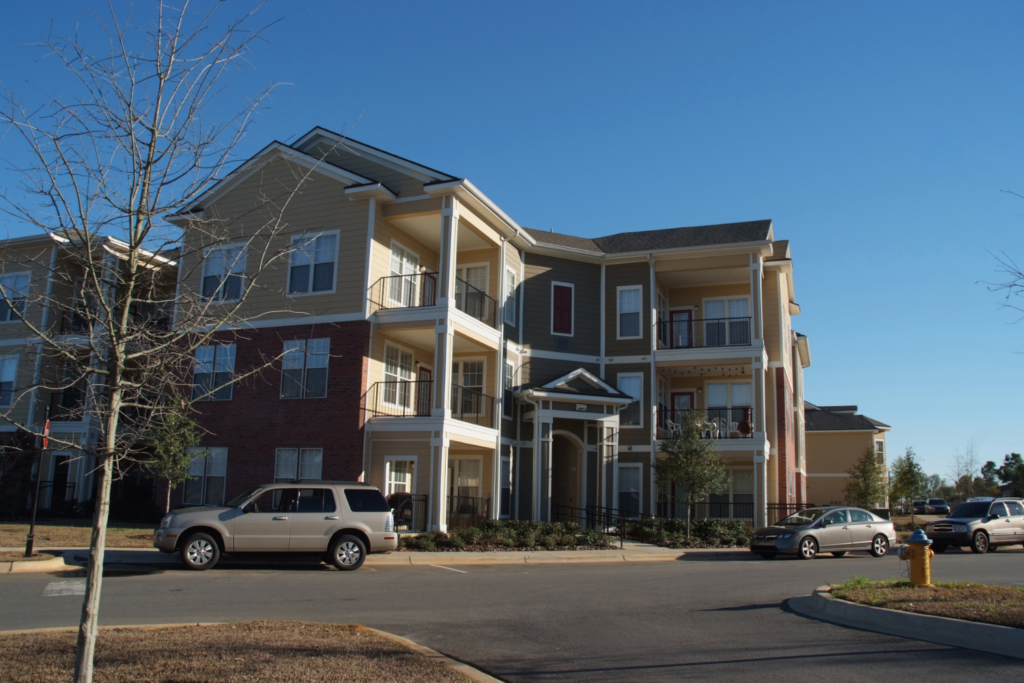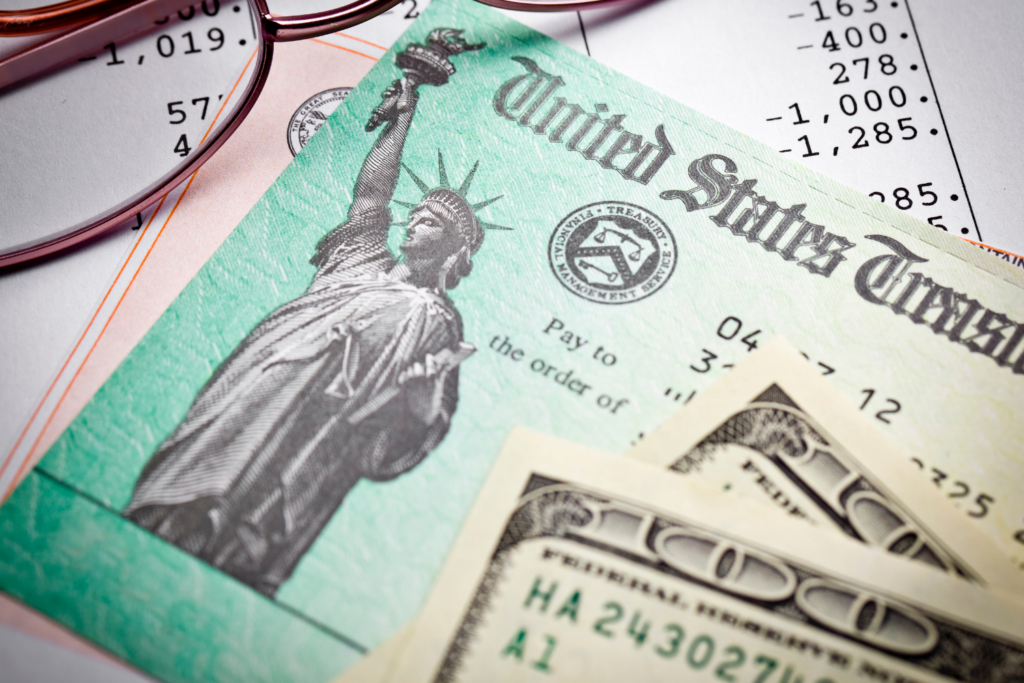If you live off-campus, opening the electric bill envelope could be a shocking experience. I wasn’t expecting a $45 jump from the previous month’s bill, especially as a poor college student. I immediately had to consider what energy saving ideas I could implement to lower my electric usage and subsequently my costly bill.
The air conditioner is probably the number one reason for my high electric bill, considering it’s a refrigerated air unit. I refuse to sacrifice my comfort completely in the name of savings, but a degree or two raised, could save serious cash. So I simply knocked up the thermostat a degree or two. I also began turning off the air conditioner altogether when no one would be home for several hours.
I then considered what random electronics are plugged in but not utilized regularly. Electronics, even when turned off, if plugged in continue to use power. I unplugged the coffee pot which is never used, as well as several neon decorative lights. These unnecessary electronics can remain unplugged, and simply plug them in and turn them on when they’ll actually be used.
Considering my ice freezes within 15 minutes typically, I knew that my freezer could be turned up to a slightly higher temperature. Of course, one has to be careful not to raise the temperature to a degree that might affect the safe freezing of food, but certainly, a quick freeze is not needed. Even raising the freezer, my ice continues to freeze at a reasonable time of 30-45 minutes, while saving me needed money.
In the department of house cooling, I use fans often. Fans use a lot less power than the air conditioner and will add time between the air conditioner’s times to turn on via the thermostat. They will maintain a more comfortable, and cooler temperature, without the costly use of the air conditioner constantly.
The power-saving revolution seems to be LED light bulbs. Although they cost more than the average light bulb, they eventually pay for themselves through electric bill savings. I couldn’t afford to completely replace all my light bulbs with LED light bulbs just yet, but I did manage to buy 10 so far. I replaced the lights that are used most frequently: kitchen, living room, bedrooms, the hallways, and the dining room. These high-traffic areas will allow for the most savings through LED lighting and give you more bang for your buck.
A simple way towards electric savings is to simply be aware of your electric usage. There is no need to have lights and the television on when not in the room. There is no need to leave the porch light on all night when you’re not expecting any visitors.
There is no need to run the dishwasher when it’s not full. It is important to also think of energy savings as environmentally friendly, not simply a way to cut my own electric bill. If we consider ourselves making a difference, we’d be more likely to stick with energy savings habits.






